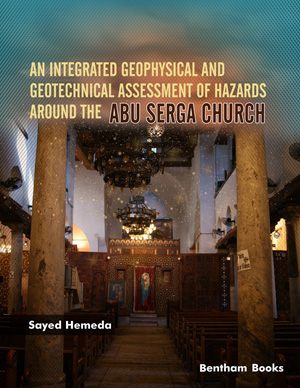Abstract
During those years, when Edirne served as the capital city of the Ottoman
Empire, it was also a leading center for skilled trades and the production of various
artifacts. Edirne was especially known for its wood carving, lacquered bowls and
boxes, floral paintings, book covers, calligraphy and engraving, and tombstone carving.
Very few of these trades have survived to the present.
It is a unique location as a crossroad of civilizations has bequeathed Edirne with a rich
heritage of folk lore and music. Edirne cuisine has its own cooking techniques and
eating habits. Fruits and vegatables are used more in this kitchen.
Festivals in Edirne were organized for the benefit of large crowds of people, rahter than
for a wealthy minority such as it was custom at the European Royal celebrations. We
can easily say that these celebrations have been a part of the daily life of the people.
Concerning festivities were organized on various occasions and the celebrations of the
professional guilds, such as weddings or inaugurations. The city is very rich in terms of
natural beauty. Among these, the most important ones are Inner Palace Grounds, the
cypress grounds, and banks of the Maritsa and Tunca rivers.
Keywords: Area of saros, Cypress grounds, Dolmen, Edirnekari, Hardaliye, Halva conversations, Hora, Inner palace grounds, Karşılama dance, Karaağaç road, Kırkpınar wrestling and cultural festival, Kakava and Hıdırellez festivals, Meriç and ergene basins, Nightingale island, Ottoman bank, Prehistoric stones, Rumeli music, White cheese.













